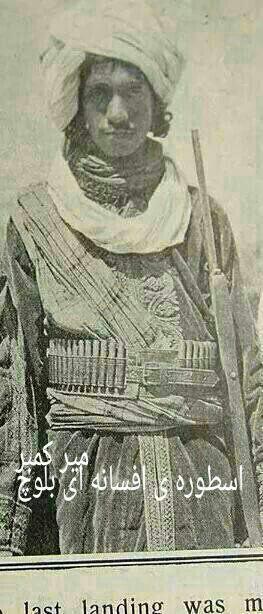The myth of Kamber in Sistan and Baluchistan! This is a fascinating tale interwoven with the region’s history, folklore, and cultural identity. Here’s what I know about it:
Who is Kamber?
Kamber is a legendary hero figure in Sistan and Baluchistan folklore. He’s depicted as a brave, strong, and just man, often associated with defending the weak and resisting tyranny. Many variations of the myth exist, but some common elements include:Origin: Some versions link Kamber to pre-Islamic myths, connecting him to ancient heroes like Rostam. Others associate him with historical figures like Kamber, a companion of Imam Ali in Islamic tradition.
Struggles: Kamber faces various challenges and injustices. He often fights against oppressive rulers, defends his land and people, and seeks to uphold justice.
Supernatural elements:Magic, mythical creatures, and divine interventions sometimes play a role in Kamber’s stories, adding an element of wonder and fantasy.
Symbolism:Kamber embodies the values of courage, resilience, and standing up for what’s right. He’s seen as a champion of the oppressed and a beacon of hope for his people.
Variations of the Myth: Rostam and Kamber: In some versions, Kamber is presented as Rostam’s nephew or adopted son, inheriting his strength and valor. Their exploits together add another layer of heroism and adventure to the myth.
Kamber and Zahhak: Some versions link Kamber to the legend of Zahhak, a tyrant with serpent shoulders. Kamber fights to overthrow Zahhak and liberate his people from oppression.
Local variations:Different communities in Sistan and Baluchistan have their own interpretations of the myth, incorporating local historical figures, geographical features, and cultural nuances.
Significance of the Myth: The myth of Kamber holds deep significance in Sistan and Baluchistan. It:
Preserves history:The myth transmits tales of the region’s past, connecting present generations to ancient heroes and events.
Reinforces values: Kamber’s courage, justice, and resilience serve as moral examples for younger generations.
Provides entertainment:The stories offer a source of enjoyment and cultural bonding, shared through storytelling and artistic expressions.
Represents resistance:Kamber’s struggles against oppression resonate with the region’s history of facing challenges and maintaining its cultural identity.


